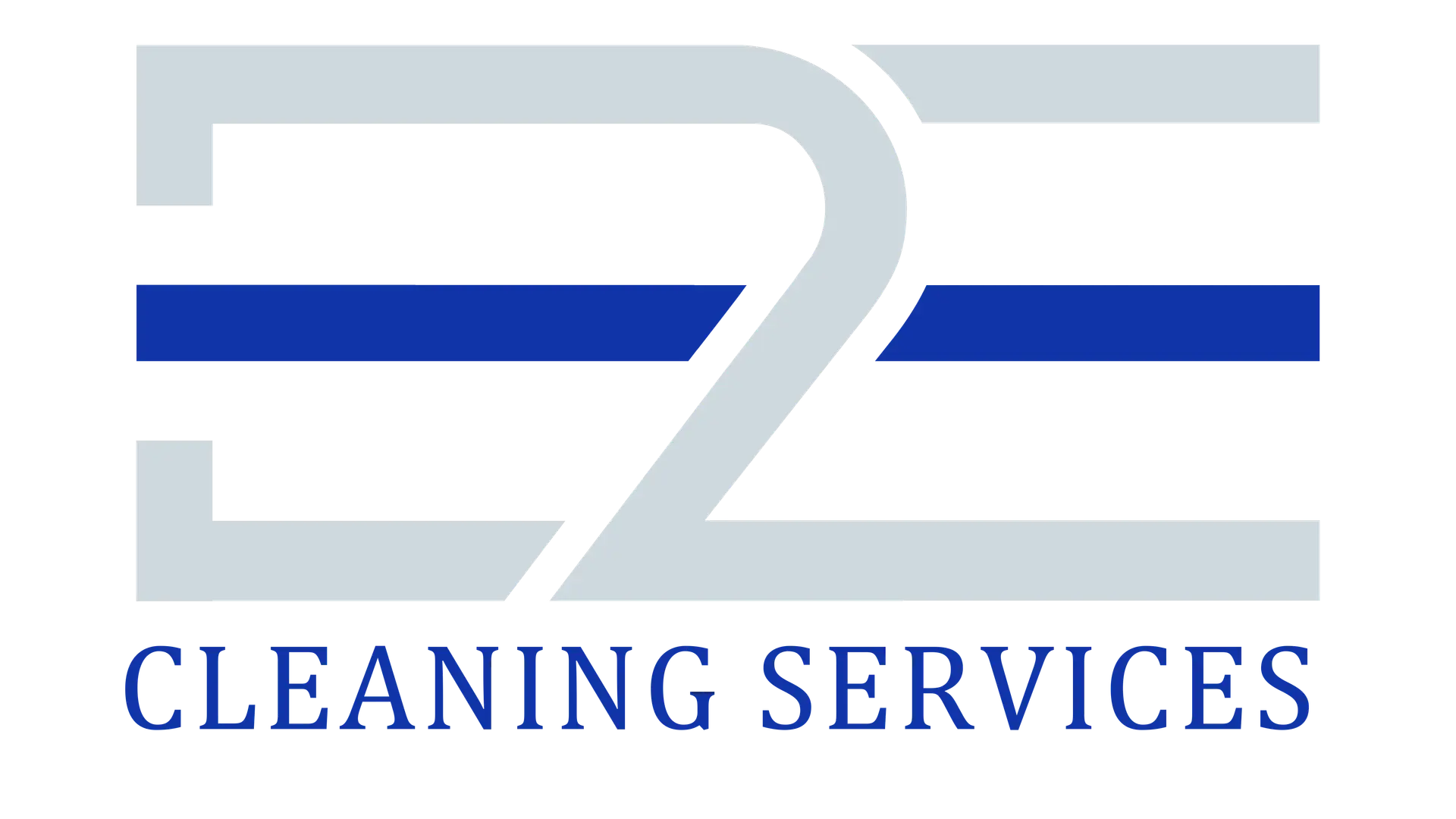Commercial cleaning is a critical industry that helps maintain cleanliness and hygiene in so many places. But toxic chemicals used in cleaning products are used so widely that they pose a major environmental threat, particularly in sensitive ecosystems such as Florida.
In this extensive article, we discuss the toxic ingredients present in cleaning products, how they are harmful to Florida’s delicate ecosystem, and how health organizations are stressing strict health standards to prevent these risks. A deeper understanding of the hidden environmental cost of a ‘clean’ will help educate our region on the how a clean can be sustainable, and promote the use of safe solutions that protect the state’s natural resources.
Uncovering the Toxic Ingredients in Cleaning Products
The commercial cleaning industry relies heavily on a wide range of cleaning products to achieve the desired level of cleanliness and sanitation. However, many of these products contain toxic ingredients that can have severe consequences for the environment and human health. Understanding the nature and impact of these toxic substances is crucial for implementing safer and more eco-friendly cleaning practices.
- 2-Butoxyethanol (2-BE): 2-BE is commonly found in laundry stain cleaners, carpet cleaners and degreasers, and is a toxic substance that can pollute groundwater when it breaks down in soil.
- Nonylphenol Ethoxylates (NPEs): Used in industrial and commercial cleaning products, NPEs are linked to breast cancer and harm to aquatic life. They are classified as toxic chemical substances under the Canadian Environmental Protection Act.
- Sodium Lauryl Sulfate (SLS): Surfactant SLS is harmful to aquatic life. Eye and skin irritation can be caused by high concentrations of SLS[1].
- Phosphates: Water bodies with excessive usage of phosphates promote excessive algae growth leading to water body eutrophication and damaging its aquatic ecosystems.
- Chlorine Bleach: Chlorine bleach is toxic to mucous membranes and highly reactive with toxic and ubiquitous chemical compounds, and a danger to marine life, causing ecological imbalance.
The Impact on Florida’s Delicate Ecosystem
Florida’s ecosystem of its own unique and diverse kind is especially susceptible to toxic cleaning ingredients’ environmental dangers. More than 2,500 miles of the state’s lengthy coastline, together with numerous waterways and sensitive wetlands, require the prevention of water pollution and ecological damage to be a top priority.
One of the biggest worries is the damage that could be done to Florida’s coral reefs. These complex ecosystems are an important component of marine biodiversity, and for the state’s economic viability as a tourist destination and a fishery. Toxic cleaning products have polluted our water and disrupted the balance of our coral reefs and can cause coral bleaching, disease and loss of these vital natural resources.
Sustainable Health Standards and Cleaning Practices
Aware of the environmental cost of toxic cleaning products as well as the dangers they pose to public health, health organizations are using their strengthening voices to advocate strict health standards and adopting sustainable cleaning practices.
See our Green Cleaning Services. Click here
Two key organizations, the Environmental Protection Agency (EPA) and the Centers for Disease Control and Prevention (CDC), as well as all levels of government, contain comprehensive guidance for cleaning and disinfecting of spaces. The last of these guidelines draw special attention to the importance of using EPA-registered disinfectants, and following rigorous protocols to prevent exposing yourself to pathogens, such as COVID 19.
The EPA and CDC have one of the key recommendations: use soap and water as the main method to remove germs and dirt from surfaces. This is a simple yet effective alternative to drastically reduce chemical disinfectants use. With cleaned surfaces, per the guidelines the EPA registered products which have been deemed effective at eliminating specific pathogens should be utilized.
Besides complying with these guidelines there has been an increased focus on the use of biodegradable and eco-friendly cleaning products. Formulated with natural ingredients that degrade more easily in a natural environment, these products dramatically reduce the chance of long term environmental damage.
Green Cleaning Practices in Florida
However, the concern of Florida in handling environmental challenges with the toxic cleaning products calls for application of sustainable cleaning practices. Business and organization can also help in protecting the state’s delicate ecosystem by adopting eco-friendly cleaning methods and products while retaining the highest standards of cleanliness and hygiene.
An effective strategy is to use EPA-registered disinfectants and to obey strict cleaning conventions, as leaned by health organizations like CDC. These guidelines are implemented to make sure spaces are properly disinfected, but without an overreliance on harsh, and potentially, harmful chemicals.
As well as this, facility managers, business owners or cleaning service providers should actively look to be using biodegradable and environmentally friendly cleaning products. These products typically use natural ingredients that are more toxic to clients and break down in the environment more readily to avoid causing long–term ecological change.
Learnings
Florida’s ecosystem has a hidden environmental cost of ‘clean’ that needs to be addressed immediately and urgently. The widespread use of toxic cleaning ingredients could be irreparably damaging to the state’s coral reefs, water systems and soil, and ultimately the state’s diverse ecosystems.
As well as learning more about the effect of these harmful substances on our environment, businesses, organizations and people can take part to minimize environmental risks and keep hygiene and cleanliness to a high standard.
While Florida battles with the issues created by toxic cleaning ingredients, it is important to highlight that stakeholders in the commercial cleaning industry must put in place eco-friendly practices and make sure that they meet high health standards. This will help us protect the state’s unique and diverse ecosystem, protect public health, and secure a cleaner, healthier and more sustainable future for generations to come.






